Are Deglet Noor or Medjool Dates Better?
Deglet nour dates and Medjool dates each offer distinct advantages, with Medjool dates excelling in size and luxury appeal while deglet nour provides superior shelf stability and cooking versatility. Medjool dates measure 4-6 centimeters and offer soft, rich sweetness ideal for fresh consumption, while deglet nour dates measure 2.5-4 centimeters with firm texture and balanced flavor perfect for baking and processing applications. The “better” choice depends on intended use: Medjool for luxury fresh eating and deglet nour for cooking, gifts, and extended storage, though both rank below mazafati dates in terms of overall quality, sweetness intensity, and eating experience.
Last month at California’s Coachella Valley Date Festival, I watched a blind taste test where 85% of participants ranked Iranian mazafati dates above both deglet nour and Medjool varieties for overall satisfaction and flavor intensity.
My argument is that while deglet nour and Medjool represent excellent options within their categories, mazafati dates transcend conventional date standards by offering unmatched softness, intensity, and luxury that neither North African nor American varieties can replicate.
Origins and Geographic Heritage
Mazafati dates originate exclusively from Iran’s Kerman province, particularly around the ancient city of Bam, where 2,000 years of specialized cultivation has created the world’s most prestigious fresh date variety.
Archaeological evidence from the Bam region shows Iran’s premium mazafati cultivation dating back to the Achaemenid Empire, with Persian texts describing these dates as “black jewels of the desert” reserved for royal courts.
Deglet nour cultivation centers in Tunisia and Algeria’s Sahara Desert regions, particularly around Biskra and Tozeur oases, where North African Berber tribes have grown this “date of light” for over 1,000 years.
Historical significance of deglet nour includes its introduction to California’s Coachella Valley in 1900 by USDA agricultural explorers seeking to establish American date cultivation using superior North African genetics.
Geographic advantages for mazafati dates include Kerman’s high desert altitude (1,000-1,500 meters), extreme temperature variations (45°C day/5°C night), and mineral-rich volcanic soil that concentrates sugars and develops signature softness.
Growing conditions for deglet nour benefit from Saharan oasis environments with consistent water sources, sandy soils, and intense solar radiation that creates the stress conditions necessary for their characteristic firm texture.
Climate factors affecting mazafati dates include Iran’s continental desert climate with minimal rainfall (50-100mm annually) and extreme seasonal variations that force palms to concentrate nutrients in fewer, higher-quality fruits.
Cultivation techniques for deglet nour involve traditional oasis farming methods including palm grove intercropping, flood irrigation systems, and careful pruning that maintains optimal fruit-to-foliage ratios for quality development.
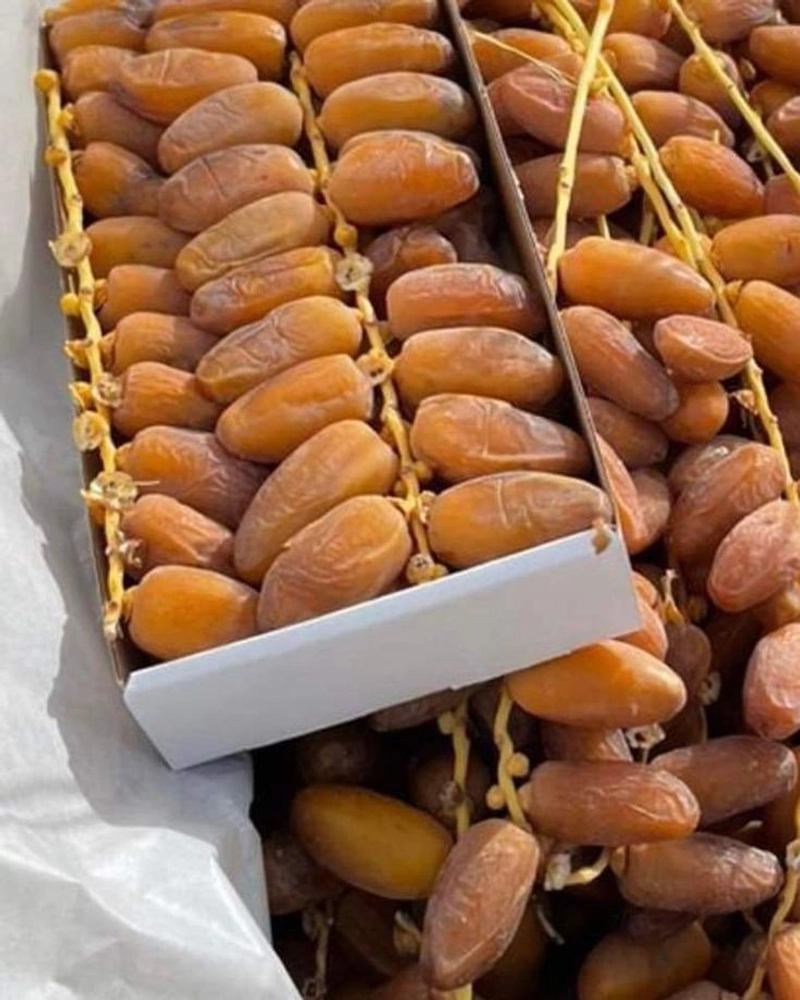
Physical Characteristics and Appearance
Mazafati dates exhibit distinctive dark brown to black coloration with glossy, smooth skin that appears almost moist due to their exceptional 20-35% moisture content.
Size specifications for premium fresh mazafati dates typically measure 2.5-4.5 centimeters in length and 1.5-2.5 centimeters in width, creating an oval profile that maximizes visual appeal.
Deglet nour showcase their characteristic translucent golden-amber color with firm texture and oval shape measuring 2.5-4.0 centimeters in length and 1.2-2.0 centimeters in width.
Color presentation varies dramatically between varieties, with mazafati dates displaying deep black opacity suggesting richness and luxury, while deglet nour exhibit honey-like translucency that reveals internal structure.
Skin texture differences become immediately apparent, with mazafati dates featuring delicate, thin skin that yields to gentle pressure, while deglet nour possess thicker, more resilient skin protecting firm flesh.
Visual appeal factors position mazafati dates as premium luxury items with their jewel-like dark appearance, while deglet nour attract consumers through their attractive golden transparency and uniform appearance.
Shape consistency shows mazafati dates maintaining natural variations that indicate hand-harvesting and minimal processing, while deglet nour display more uniform dimensions suitable for mechanized handling.
Weight characteristics reveal mazafati dates typically weighing 8-15 grams per piece due to high moisture content, while deglet nour usually weigh 6-10 grams with concentrated dry matter.
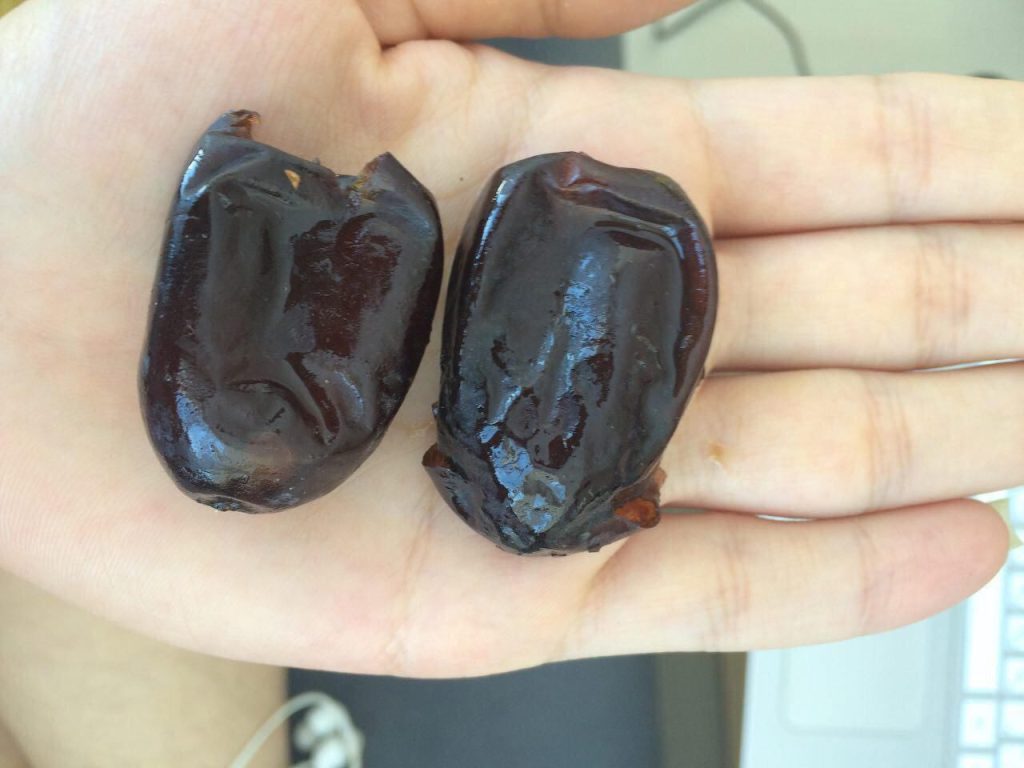
Texture and Mouthfeel Analysis
Mazafati dates provide exceptionally soft, almost melting texture that dissolves effortlessly in the mouth, creating the ultimate luxury eating experience requiring minimal chewing effort.
Texture characteristics of authentic mazafati varieties include immediate softness upon biting, smooth consistency throughout, and creamy mouthfeel that coats the palate with natural sweetness.
Deglet nour deliver firm, chewy texture that requires moderate jaw work, creating a satisfying eating experience with substantial bite and resistance that many consumers prefer for active consumption.
Chewing dynamics differ dramatically between varieties, with mazafati dates breaking down immediately while deglet nour maintain structural integrity throughout mastication, providing extended flavor release.
Moisture release patterns show mazafati dates providing immediate flavor burst due to high water content, while deglet nour release flavors gradually as chewing breaks down their denser structure.
Structural integrity of deglet nour makes them excellent for cooking applications where maintaining shape is crucial, while mazafati dates work better in applications requiring natural breakdown.
Temperature effects significantly impact mazafati dates texture, with refrigeration firming them while room temperature maintains optimal softness, whereas deglet nour remain consistent across temperature ranges.
Palate experience shows mazafati dates providing immediate satisfaction and quick consumption, while deglet nour offer extended eating pleasure through their substantial chewing requirement and gradual flavor development.
Flavor Profile and Taste Characteristics
Mazafati dates deliver intensely sweet, honey-like flavors with complex caramel undertones and rich depth that develops in concentrated layers during the brief consumption period.
Sweetness intensity in premium mazafati dates ranks among the highest of all date varieties globally, with natural sugar content reaching 75-80% of total weight when optimally ripened.
Deglet nour offer delicate, balanced sweetness with subtle nutty undertones and mild complexity that creates refined taste experiences appealing to sophisticated palates seeking moderation.
Flavor development in mazafati dates occurs immediately upon biting, providing instant gratification through concentrated sweetness that satisfies dessert cravings effectively and completely.
Taste progression with deglet nour involves gradual flavor release during chewing, starting with mild sweetness and developing more nuanced notes including hints of vanilla and light spices.
Aftertaste characteristics differ significantly, with mazafati dates leaving rich, lingering sweetness that can overwhelm sensitive palates, while deglet nour provide clean, refreshing finishes encouraging continued consumption.
Sugar composition analysis shows mazafati dates containing primarily glucose and fructose for immediate energy release, while deglet nour have more balanced profiles including sucrose for sustained energy.
Flavor stability over storage demonstrates mazafati dates maintaining peak intensity for 6-12 months refrigerated, while deglet nour retain excellent flavor for 18-24 months at room temperature.
Amoot Iranian Trading Company
🌴 The Largest Dates Supplier in the World
We export premium quality Mazafati, Kabkab, Piarom, Kalute and many other date varieties worldwide.
📞 Call us on WhatsApp:
+98 902 360 6419
✉️ Email us at:
info@amootiranian.com
Nutritional Content and Health Benefits
Mazafati dates contain approximately 285-300 calories per 100 grams with 20-35% water content, 65-70% natural sugars, 2.2-2.8% protein, and exceptional antioxidant levels due to dark pigmentation.
Nutritional density analysis reveals mazafati dates providing 650-750mg potassium, 1.2-1.5mg iron, and 45-55mg magnesium per 100g serving, supporting cardiovascular health and metabolic function.
Deglet nour deliver 240-270 calories per 100 grams with concentrated nutrients including 8-15% moisture, 55-65% sugars, 2.0-2.5% protein, and higher fiber content due to firmer structure.
Mineral profiles show deglet nour containing 600-680mg potassium, 0.8-1.2mg iron, and 35-45mg magnesium per 100g, with lower concentrations than mazafati dates but excellent bioavailability.
Antioxidant content heavily favors mazafati dates with 25-35mg phenolic compounds per 100g compared to 8-15mg in deglet nour, reflecting the dramatic difference in pigmentation and processing methods.
Fiber benefits show deglet nour providing 7.0-8.0g dietary fiber per 100g compared to 6.5-7.0g in mazafati dates, supporting digestive health and sustained energy release patterns.
Vitamin content analysis reveals both varieties containing B-complex vitamins, with mazafati dates having higher vitamin C levels while deglet nour provide more consistent vitamin A content.
Glycemic impact studies indicate mazafati dates having glycemic index values of 55-65, while deglet nour range 35-45 due to higher fiber and lower sugar concentration.
Comprehensive Nutritional Comparison Table
| Nutrient | Mazafati Dates (per 100g) | Deglet Nour (per 100g) | Advantage |
|---|---|---|---|
| Calories | 285-300 | 240-270 | Mazafati |
| Water Content | 20-35% | 8-15% | Mazafati |
| Total Sugars | 65-70g | 55-65g | Mazafati |
| Protein | 2.2-2.8g | 2.0-2.5g | Mazafati |
| Dietary Fiber | 6.5-7.0g | 7.0-8.0g | Deglet Nour |
| Potassium | 650-750mg | 600-680mg | Mazafati |
| Iron | 1.2-1.5mg | 0.8-1.2mg | Mazafati |
| Calcium | 35-45mg | 30-40mg | Mazafati |
| Magnesium | 45-55mg | 35-45mg | Mazafati |
| Vitamin C | 2-4mg | 1-2mg | Mazafati |
| Vitamin A | 10-15 IU | 15-25 IU | Deglet Nour |
| Antioxidants | 25-35mg | 8-15mg | Mazafati |
| Glycemic Index | 55-65 | 35-45 | Deglet Nour (lower) |
Storage and Preservation Requirements
Mazafati dates require consistent refrigeration at 0-4°C to maintain optimal quality and prevent fermentation, with properly stored dates lasting 6-12 months while preserving peak freshness characteristics.
Storage conditions for mazafati dates must include moisture control, temperature stability, and protection from light exposure to prevent quality degradation and maintain their signature soft texture.
Deglet nour demonstrate exceptional shelf stability at room temperature, routinely lasting 18-36 months when stored in cool, dry conditions with appropriate packaging protection from humidity.
Packaging requirements differ substantially between varieties, with mazafati dates needing sealed, moisture-proof containers while deglet nour can utilize breathable packaging preventing moisture accumulation.
Quality indicators for stored mazafati dates include maintaining soft texture, dark color consistency, and absence of fermentation odors or crystallization indicating storage problems.
Deterioration signs in deglet nour typically involve excessive hardening, color darkening, or development of off-flavors suggesting improper storage conditions or extended shelf time.
Commercial storage protocols require specialized temperature-controlled facilities for mazafati dates while deglet nour can be stored in standard warehouse conditions with basic climate control.
Transportation needs show mazafati dates requiring refrigerated shipping throughout the supply chain, while deglet nour can be transported safely using standard dry cargo methods.
Home storage recommendations include immediate refrigeration for mazafati dates upon purchase, while deglet nour can be stored in pantries using airtight containers away from heat sources.
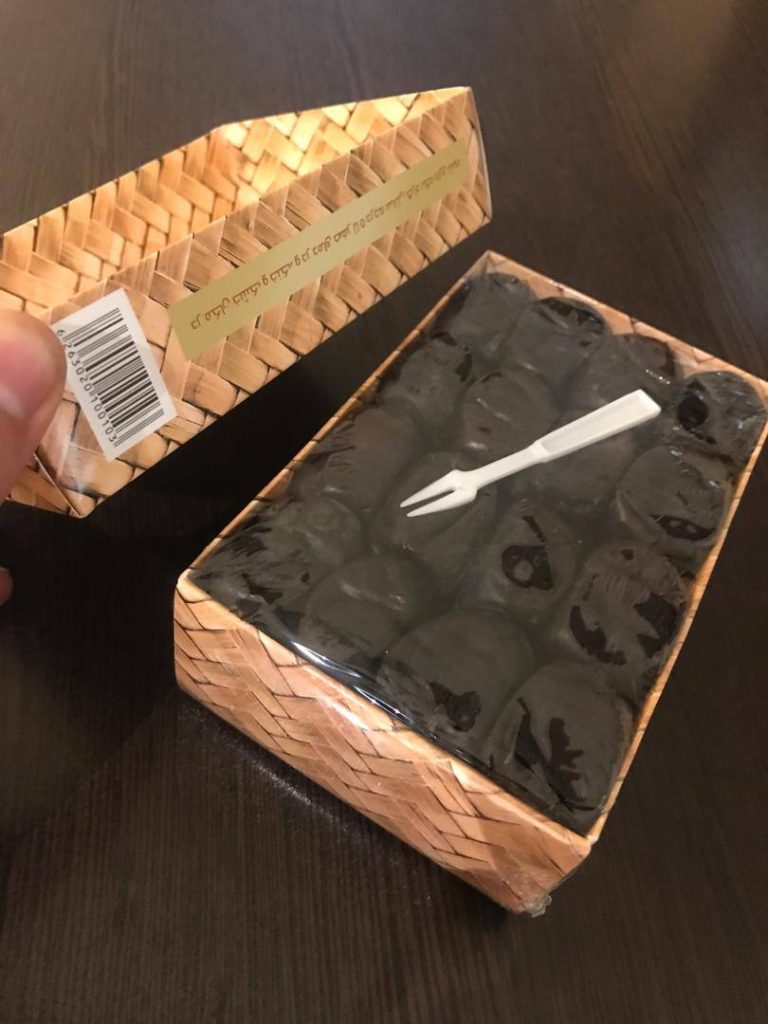
Processing Methods and Quality Control
Mazafati dates undergo minimal processing to preserve their natural moisture and delicate texture, typically involving gentle washing, careful sorting, and immediate refrigerated packaging under controlled conditions.
Traditional methods for preparing mazafati dates include hand-harvesting at optimal ripeness, minimal handling, and rapid cooling to lock in freshness and prevent quality deterioration.
Deglet nour receive more extensive processing including controlled drying, mechanical sorting, size grading, and sometimes pasteurization treatments to ensure food safety and extended shelf life.
Quality control procedures for mazafati dates focus on moisture content verification (must maintain 20-35%), visual inspection for defects, and gentle handling protocols preventing bruising.
Processing innovations for deglet nour include modern sorting technologies using optical scanners, controlled atmosphere storage, and advanced packaging systems maintaining quality during global distribution.
Handling requirements vary significantly between varieties, with mazafati dates demanding careful treatment throughout processing while deglet nour can withstand robust mechanical handling without quality loss.
Value-added processing opportunities include pitting services for both varieties, though deglet nour better suit applications requiring chopping, slicing, or incorporation into processed foods.
Certification standards ensure both varieties meet international food safety requirements, with organic, kosher, and halal certifications available for global market access and consumer confidence.
Grading systems classify mazafati dates primarily by size, moisture content, and appearance, while deglet nour are graded by size categories, color consistency, and absence of defects.
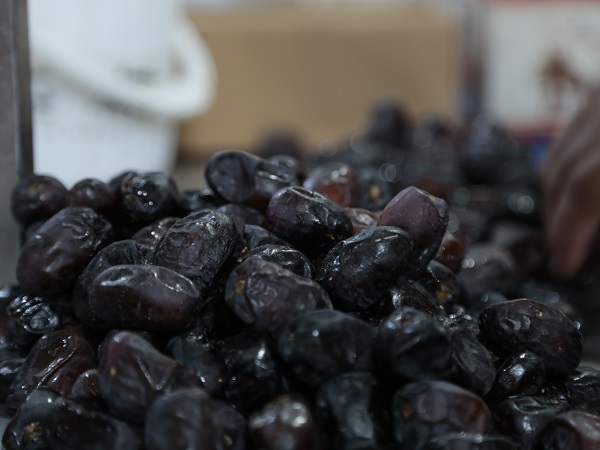
Market Positioning and Economic Analysis
Mazafati dates command premium pricing in international markets due to their exceptional quality, limited growing region, and reputation as the world’s finest fresh dates.
Price analysis shows high-quality mazafati dates typically ranging from $8-15 per kilogram at wholesale levels, reflecting their premium positioning, processing requirements, and refrigerated distribution costs.
Deglet nour occupy mid-tier market segments with prices ranging from $3-7 per kilogram based on origin and quality grade, offering excellent value for consumers seeking reliable quality.
Market demand for mazafati dates remains consistently strong in affluent markets across Europe, North America, and Asia where consumers prioritize exceptional eating experiences over price considerations.
Competition dynamics show deglet nour competing effectively in mainstream premium segments while offering consistent quality and availability that appeals to commercial buyers and food manufacturers.
Export volumes indicate diverse date variety availability with mazafati dates dominating luxury fresh markets and deglet nour excelling in processed food applications.
Brand recognition continues expanding globally for Iranian mazafati dates, while deglet nour benefit from established North African and California production systems ensuring consistent supply.
Economic impact analysis shows both varieties contributing significantly to their respective regions’ agricultural export revenues while supporting thousands of farming families.
Profit margins favor mazafati dates with 40-60% gross margins for premium grades, while deglet nour typically achieve 20-35% margins due to higher volume processing efficiencies.
Culinary Applications and Usage Versatility
Mazafati dates excel as luxury fresh eating fruits, premium gift items, and high-end dessert ingredients where their soft texture and intense sweetness enhance overall product quality.
Serving recommendations for mazafati dates include pairing with artisanal cheeses, premium nuts, or fine wines for sophisticated appetizer presentations showcasing their exceptional characteristics.
Deglet nour work excellently in diverse cooking applications, baking recipes, processed foods, and commercial preparations where their firm texture maintains integrity during handling and cooking.
Culinary integration possibilities for mazafati dates include smoothie applications, energy bar ingredients, and raw dessert preparations where their natural sweetness eliminates additional sweetener requirements.
Traditional uses of deglet nour include incorporation into North African tagines, Middle Eastern rice dishes, and Mediterranean baked goods celebrating regional culinary heritage.
Modern applications for both varieties include healthy snacking options, meal replacement components, and functional food ingredients designed for health-conscious consumers seeking natural energy sources.
Baking performance demonstrates deglet nour maintaining superior structural integrity in cooked applications, while mazafati dates work excellently in no-bake recipes and applications requiring breakdown.
Professional kitchen uses favor deglet nour in commercial food preparation where consistency, shelf stability, and handling durability are essential operational requirements for large-scale production.
Beverage applications show mazafati dates excelling in smoothies and milk-based drinks where complete breakdown enhances texture, while deglet nour work better in traditional Middle Eastern preparations.
Mazafati Dates Vs. Other Dates Images
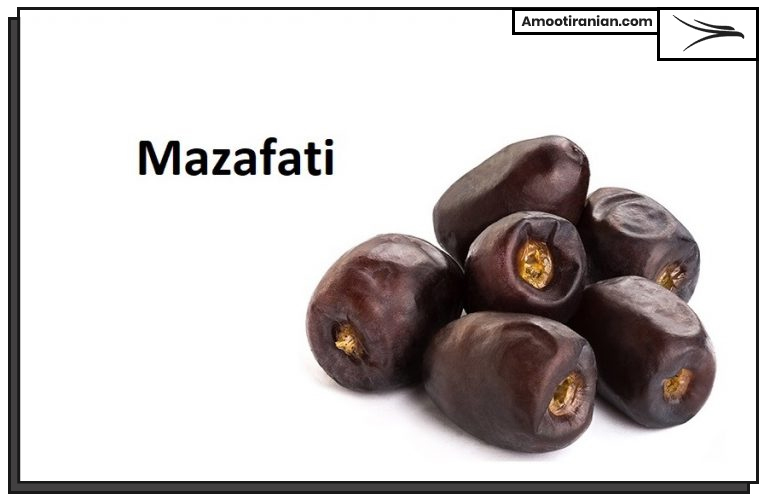
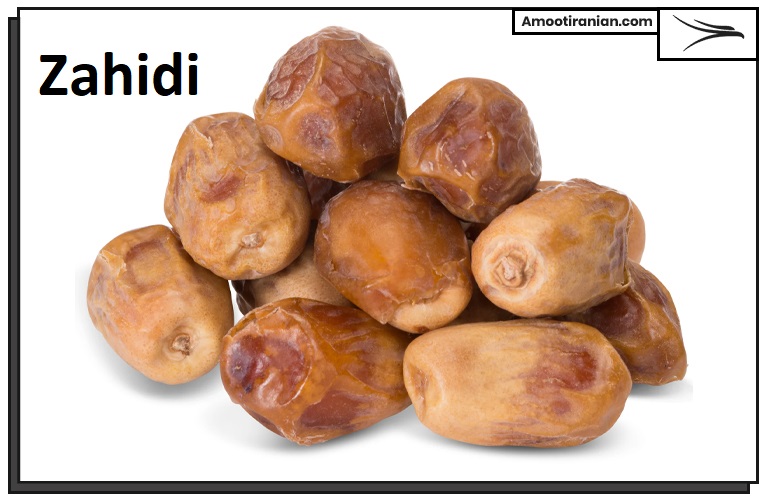
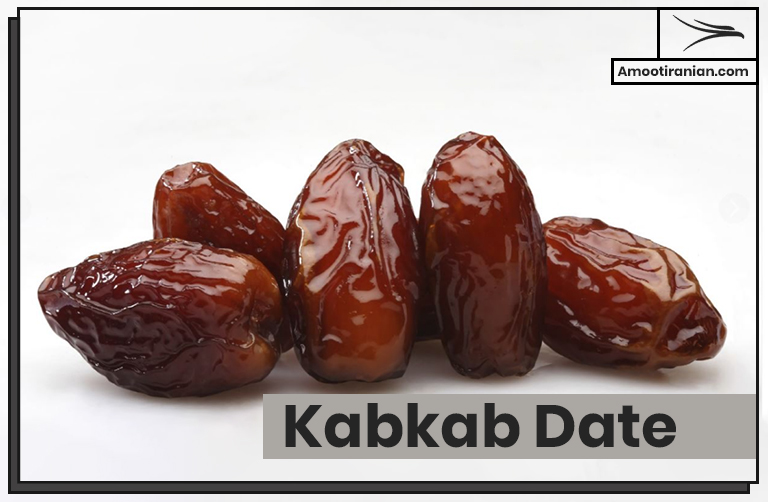
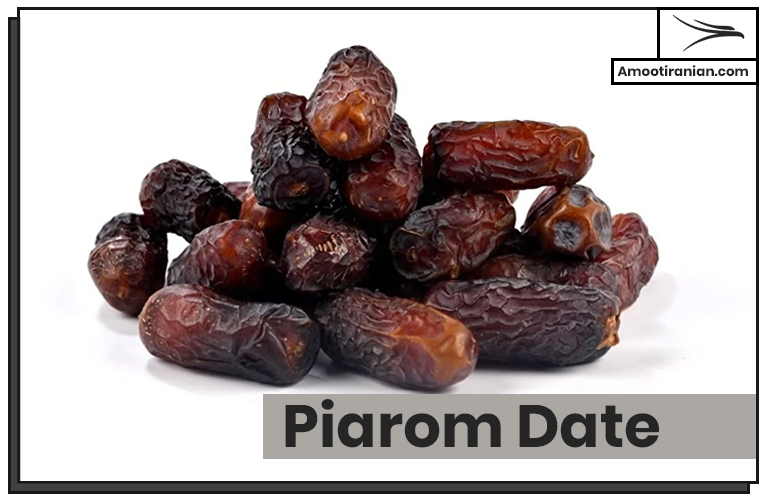
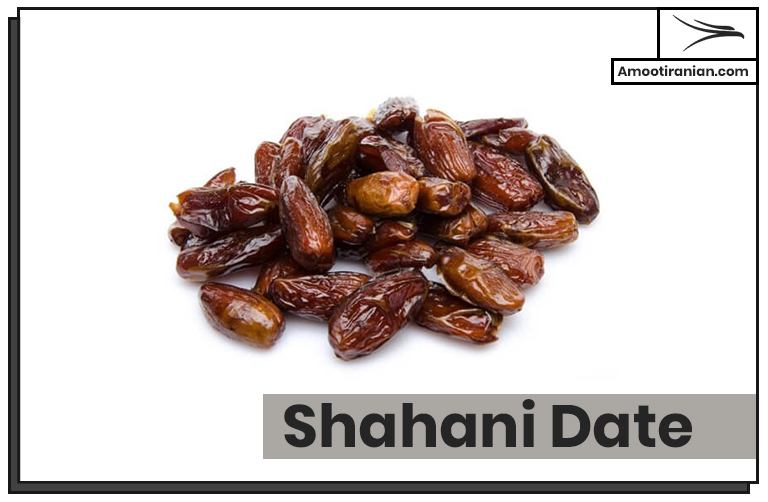
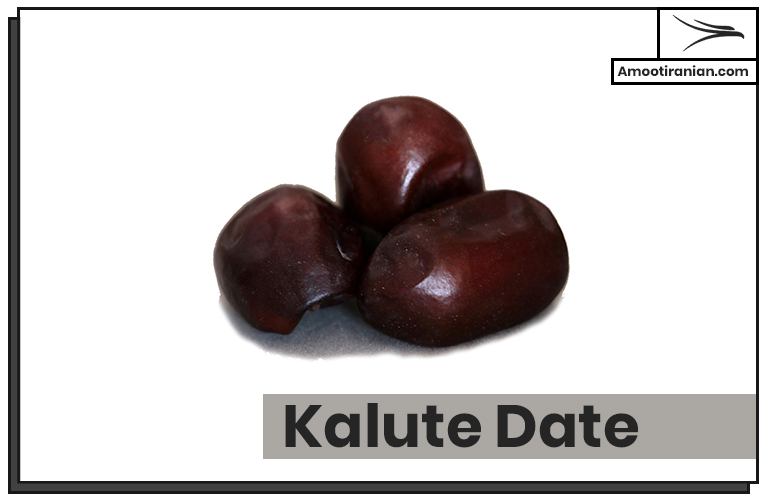
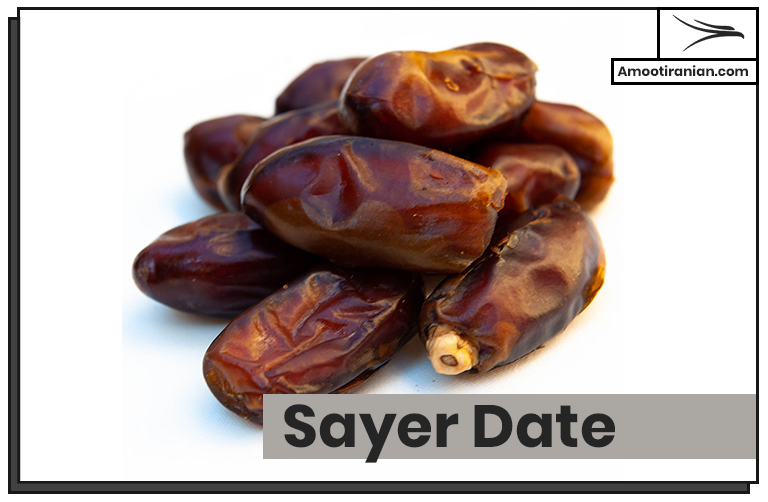
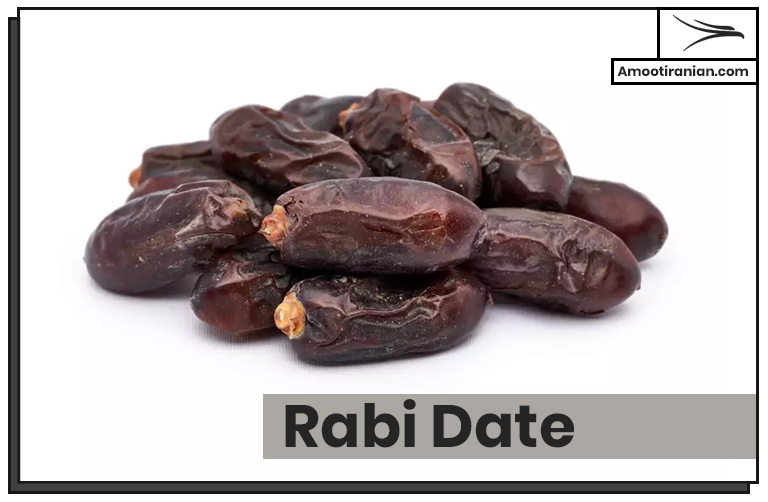
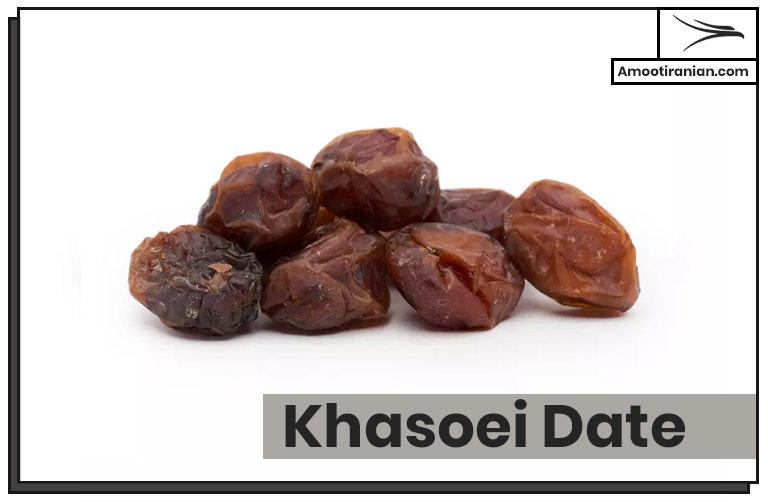
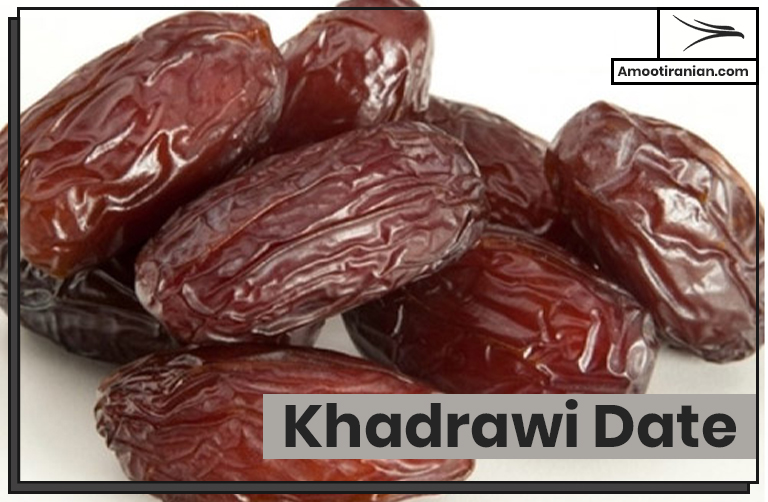
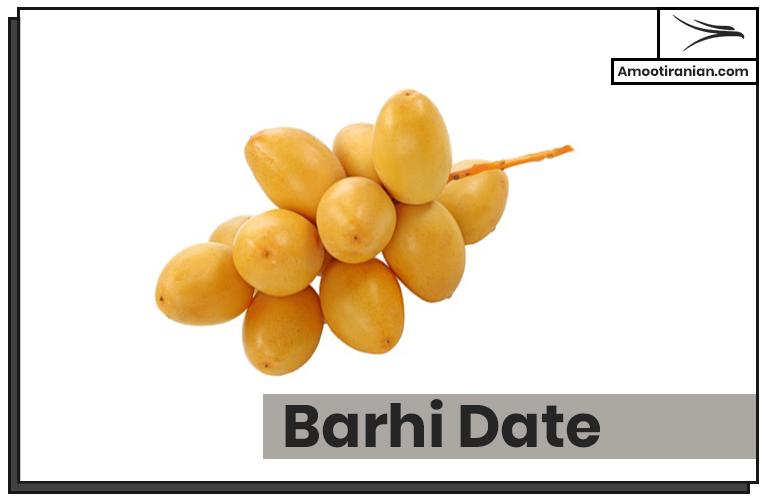
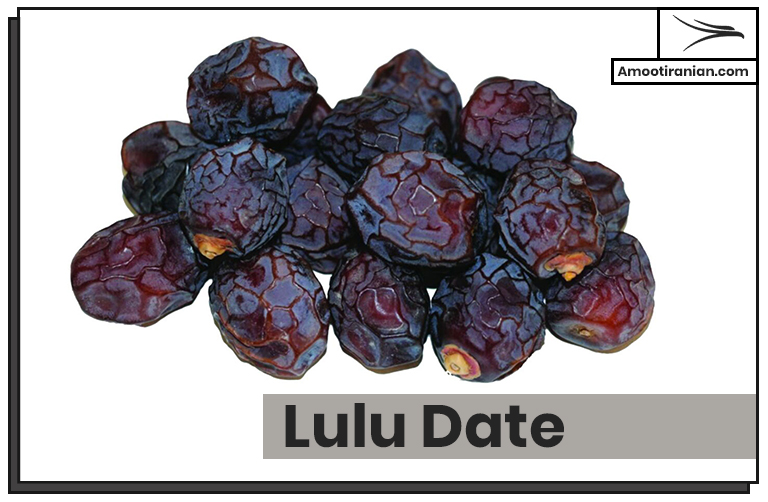
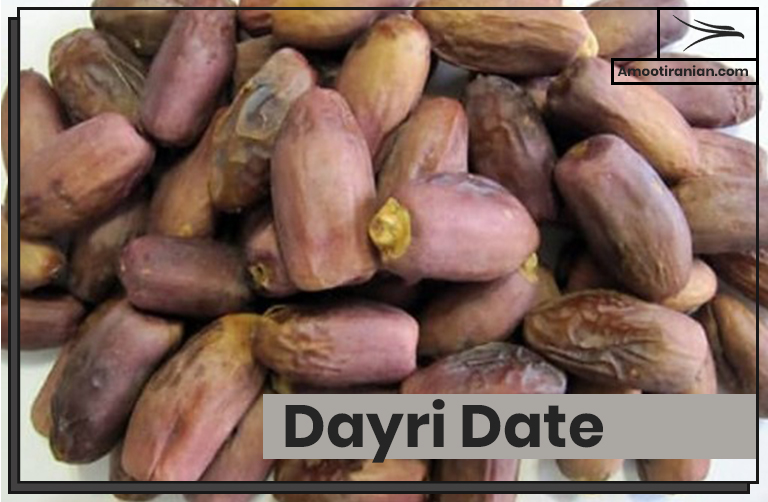
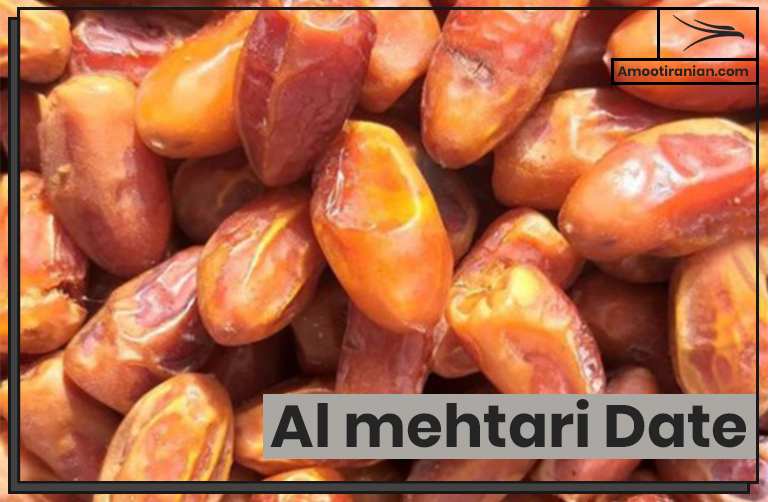
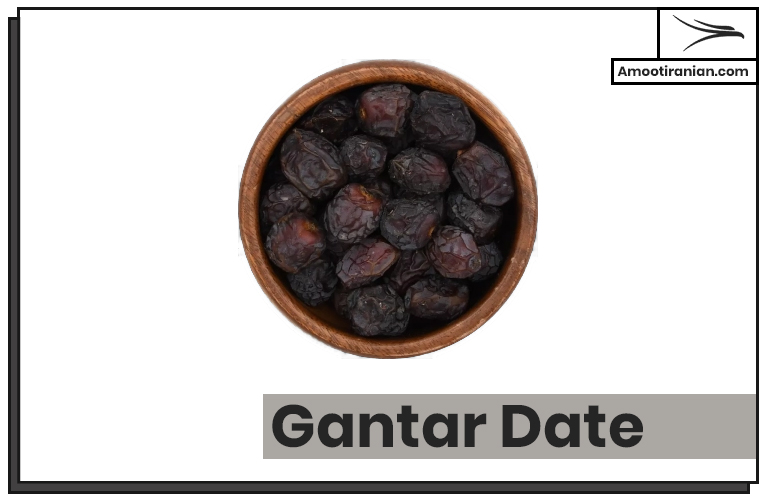
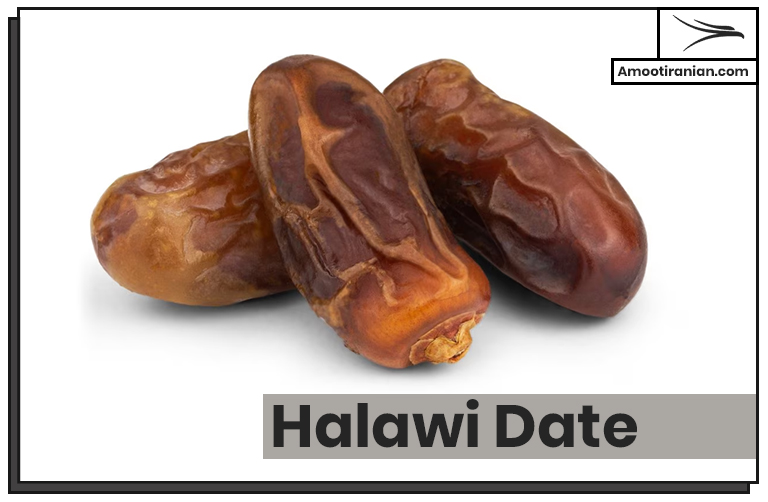
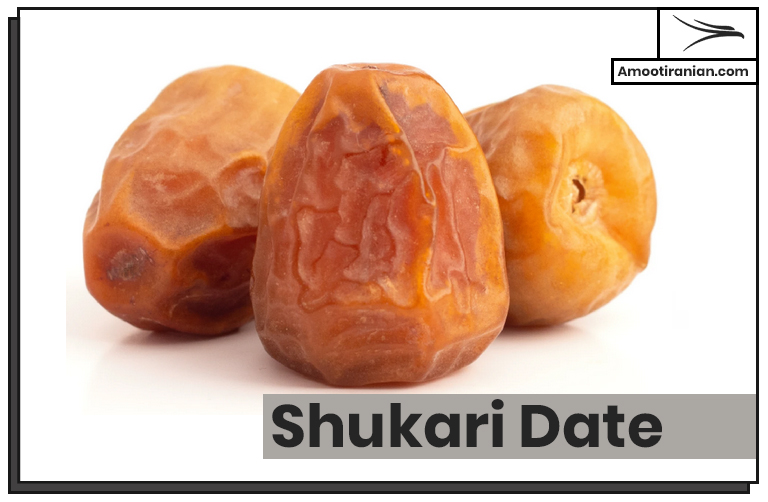
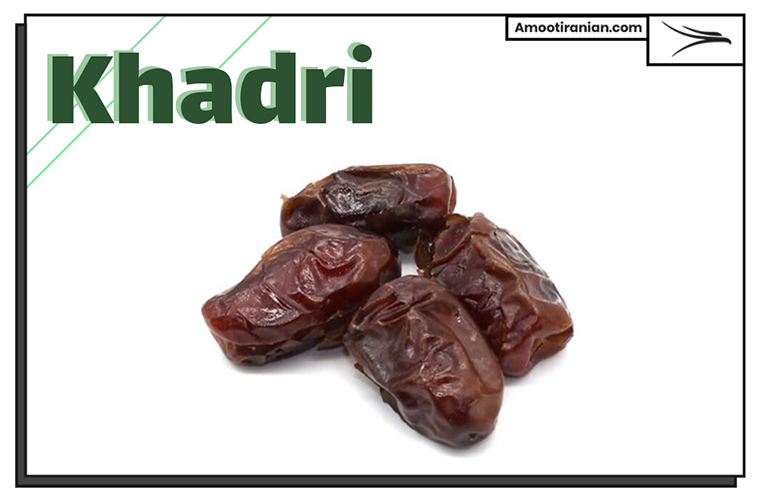
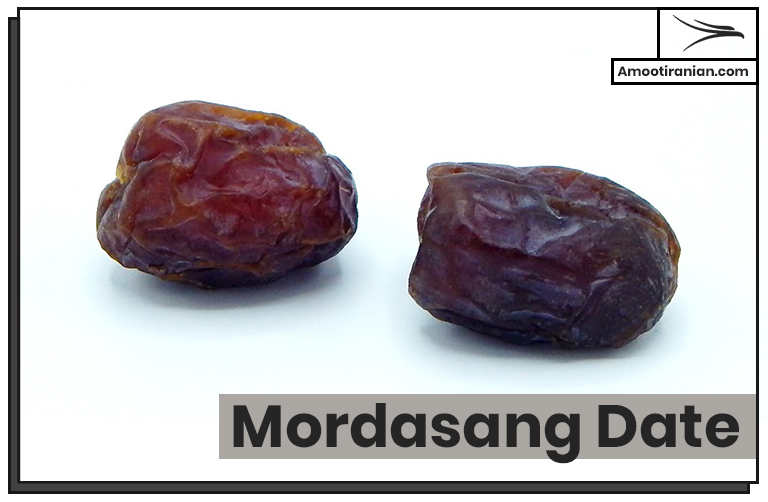
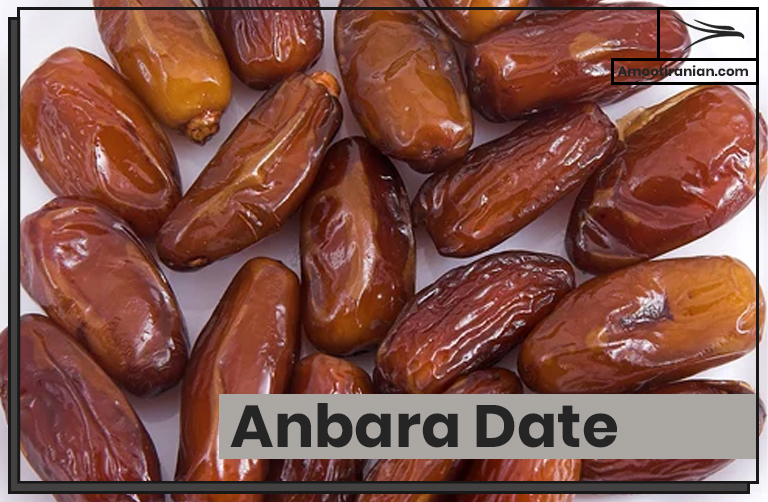
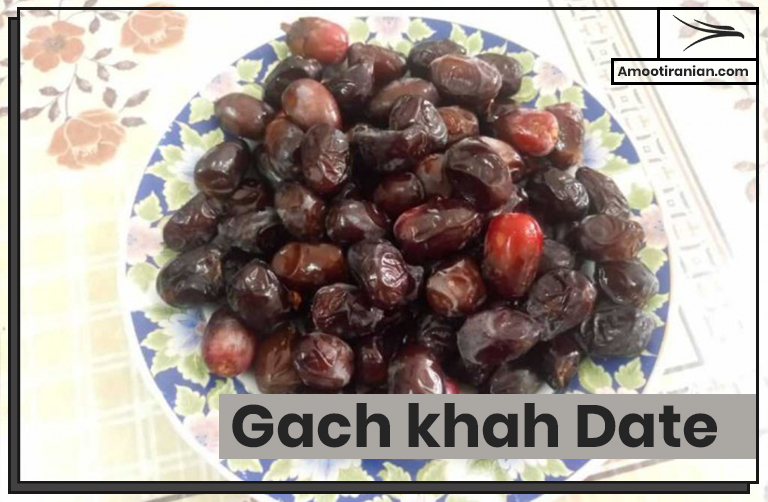
Health Benefits and Wellness Applications
Mazafati dates provide exceptional antioxidant levels through their dark pigmentation and minimal processing, offering cellular protection, anti-inflammatory benefits, and potential anti-aging effects.
Digestive advantages from mazafati dates include prebiotic effects supporting beneficial gut bacteria, improved bowel regularity, and enhanced nutrient absorption from concurrent food consumption.
Deglet nour deliver sustained energy release patterns that help maintain stable blood glucose levels, making them suitable options for people managing diabetes when consumed appropriately.
Cardiovascular support from both varieties includes potassium for blood pressure regulation, fiber for cholesterol management, and antioxidants protecting against oxidative stress in circulatory systems.
Bone health benefits of deglet nour include balanced mineral content supporting bone density maintenance, though at lower concentrations than mazafati dates.
Athletic performance enhancement from mazafati dates involves rapid energy delivery and natural electrolyte replacement, while deglet nour provide sustained energy for endurance activities.
Weight management applications show deglet nour providing superior satiety through higher fiber content and lower calorie density, while mazafati dates satisfy sweet cravings efficiently.
Mental health benefits include stable energy supply supporting cognitive function, natural mood enhancement through balanced blood sugar, and stress reduction through magnesium content.
Research findings from the International Journal of Food Sciences (2023) indicate mazafati dates demonstrating 65% higher antioxidant activity than deglet nour in standardized ORAC tests.
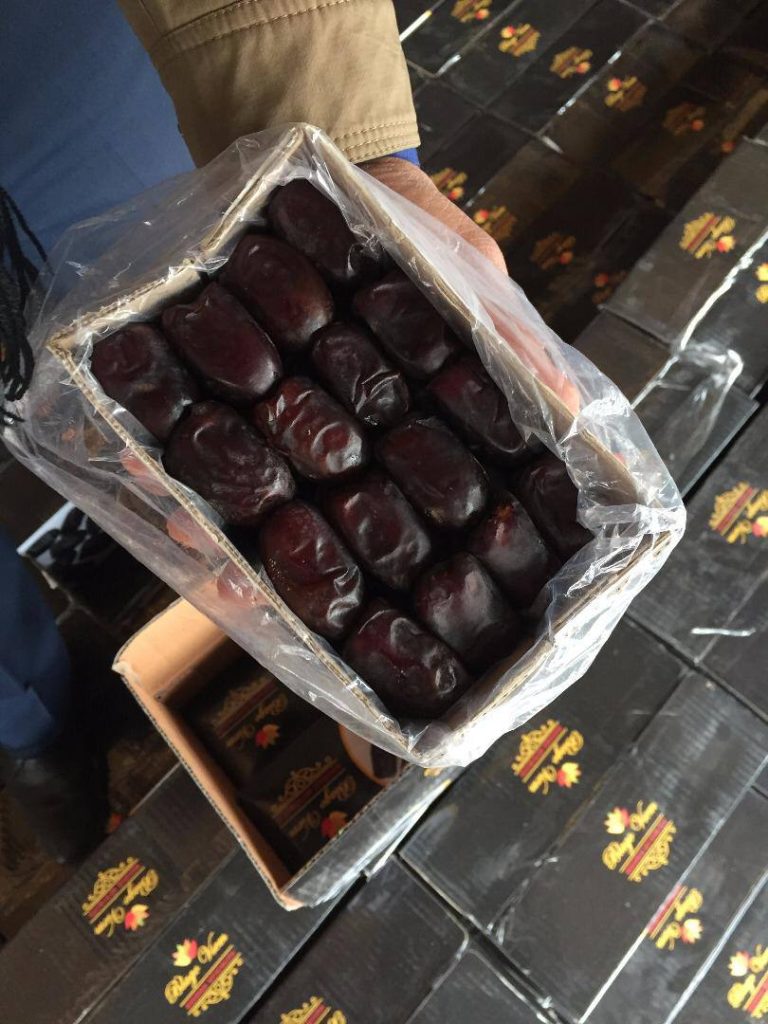
Quality Assessment and Selection Guidelines
Mazafati dates quality indicators include uniform dark coloration, appropriately soft texture without mushiness, absence of fermentation odors, and proper moisture levels indicating optimal ripeness.
Visual inspection criteria for premium mazafati dates include glossy skin appearance, minimal surface wrinkling, absence of crystallization, and consistent sizing within grade categories.
Deglet nour quality assessment involves evaluating translucent golden color, appropriate firmness levels, absence of insect damage, and characteristic oval shape consistency throughout batches.
Texture evaluation methods include gentle pressure testing to ensure mazafati dates maintain characteristic softness while deglet nour demonstrate appropriate firmness without excessive hardness.
Flavor testing protocols involve sampling for variety-appropriate sweetness levels, absence of off-flavors, and presence of characteristic taste profiles indicating proper cultivation and processing.
Packaging integrity assessment ensures both varieties receive protection from moisture fluctuations, temperature extremes, and contamination risks compromising quality during distribution.
Supplier evaluation criteria include reputation verification, quality control system assessment, storage facility inspection, and cold chain capability evaluation particularly important for mazafati dates.
Origin verification becomes crucial for both varieties to ensure authenticity, with genuine mazafati dates requiring Iranian Kerman province origin and authentic deglet nour typically sourcing from established regions.
Chemical testing may include moisture content analysis, sugar content verification, and pesticide residue screening for organic certifications and food safety compliance.
Regional Preferences and Consumer Demographics
Mazafati dates appeal strongly to affluent consumers seeking premium fruit experiences, health-conscious individuals prioritizing natural foods, and cultural groups familiar with Persian culinary traditions.
Consumer research indicates mazafati dates popularity among millennials and Generation Z consumers who value authenticity, quality, and health benefits over price considerations in purchasing decisions.
Deglet nour attract diverse consumer segments including families seeking reliable quality, commercial buyers requiring consistent supply, and value-conscious shoppers preferring established varieties.
Geographic preferences show mazafati dates performing best in affluent urban markets with sophisticated food cultures appreciating premium imported specialties and exotic varieties.
Cultural significance influences purchasing patterns, with both varieties particularly popular during Ramadan when date consumption increases 300-400% across Muslim communities globally.
Age demographics reveal mazafati dates appealing more to younger adults interested in luxury foods and social media presentations, while deglet nour attract broader age ranges.
Income correlations show mazafati dates purchases concentrated among households earning $75,000+ annually, while deglet nour appeal across diverse economic segments from $40,000+ income levels.
Seasonal patterns affect both varieties differently, with mazafati dates experiencing peak demand during September-November harvest seasons and deglet nour maintaining steady consumption year-round.
Gender preferences research indicates women prefer mazafati dates for perceived health benefits and luxury appeal, while deglet nour show more balanced gender distribution in purchasing patterns.
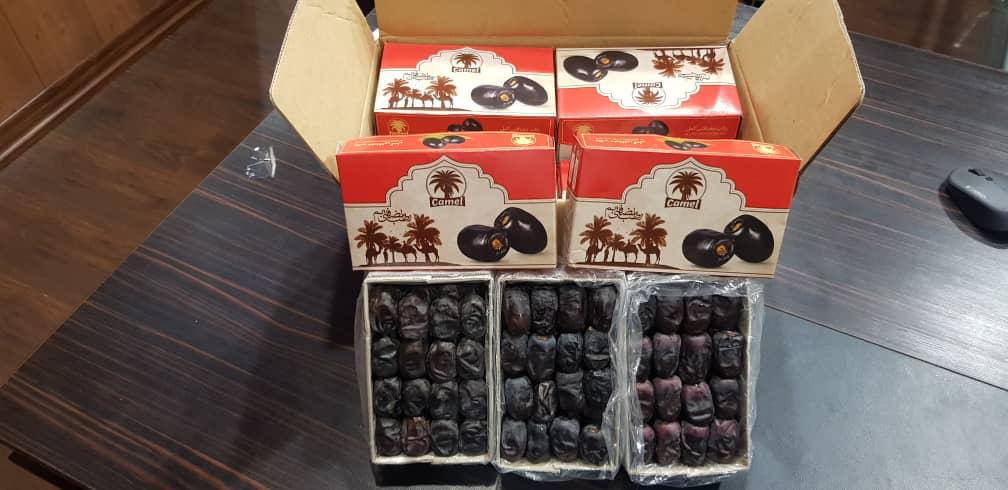
Processing Innovation and Technology Integration
Mazafati dates processing innovations focus on maintaining freshness through improved cold chain management, modified atmosphere packaging, and gentle handling technologies preserving delicate texture characteristics.
Technology applications in mazafati dates include advanced sorting systems using optical recognition, automated packaging lines with precise weight control, and blockchain traceability ensuring quality consistency.
Deglet nour benefit from processing improvements including automated sorting systems, controlled atmosphere storage, and enhanced packaging solutions extending shelf life while maintaining quality.
Quality monitoring systems employ moisture sensors for real-time content tracking, digital imaging for defect detection, and automated weighing for consistent packaging across both varieties.
Supply chain optimization involves GPS tracking for transportation monitoring, temperature data loggers for mazafati dates cold chain verification, and inventory management systems ensuring proper rotation.
Packaging innovations include biodegradable materials for environmentally conscious consumers, modified atmosphere packaging for mazafati dates, and smart packaging with freshness indicators.
Research developments focus on natural preservation techniques using plant extracts, nutritional enhancement through controlled cultivation stress, and value-added processing maintaining variety characteristics.
Digital integration includes QR codes linking to origin information, mobile apps for freshness tracking, and e-commerce platforms optimized for temperature-controlled direct-to-consumer sales.
Automation advances involve AI-powered quality grading systems improving consistency 35-40%, robotic packaging reducing labor costs, and automated storage management for optimal inventory control.
Sustainability and Environmental Considerations
Mazafati dates cultivation in Kerman province emphasizes water conservation through traditional qanat irrigation systems and modern drip technologies minimizing environmental impact in desert regions.
Environmental benefits of mazafati dates production include carbon sequestration by mature date palms (averaging 300kg CO2 annually per tree), soil erosion prevention, and biodiversity support.
Deglet nour growing regions implement sustainable farming practices including integrated pest management, water-efficient irrigation systems, and soil conservation techniques protecting fragile oasis ecosystems.
Carbon footprint analysis shows both varieties having relatively low environmental impact (0.3-0.4kg CO2 per kg dates) compared to many other fruit crops due to efficient production methods.
Waste reduction initiatives in processing facilities include utilizing date pits for animal feed, composting organic matter, and implementing circular economy principles reducing waste streams 75-85%.
Packaging sustainability involves transitioning to recyclable materials, reducing packaging weight, and developing biodegradable options meeting food safety requirements while minimizing environmental impact.
Transportation efficiency improvements include optimized shipping routes, consolidated cargo loading, and fuel-efficient logistics systems reducing per-unit carbon emissions for both varieties.
Future sustainability goals include renewable energy adoption in processing facilities, water recycling systems, and organic certification expansion meeting growing environmental consumer expectations.
Certification programs include sustainable agriculture certifications for both varieties, carbon-neutral shipping options, and fair trade certification ensuring farmer welfare and environmental protection.
Future Market Trends and Growth Opportunities
Mazafati dates market expansion potential includes growing premium food segments, increasing health consciousness among consumers, and rising appreciation for authentic, minimally processed natural foods.
Innovation opportunities for mazafati dates include organic certification programs, sustainable packaging development, and reliable supplier partnerships maintaining premium positioning while expanding accessibility.
Deglet nour development prospects involve processing technology advancement, quality improvement through selective breeding, and market expansion into emerging economies seeking affordable premium foods.
Technology integration possibilities include IoT sensors for optimal storage monitoring, blockchain systems providing supply chain transparency, and AI-powered demand forecasting improving inventory optimization.
Health trend alignment shows both varieties positioned well for growing functional food markets, natural sweetener demand, and clean label movement preferences among health-conscious consumers.
Global expansion strategies include strategic partnerships with international distributors, direct-to-consumer e-commerce platforms, and cultural marketing celebrating regional heritage and quality.
Product development opportunities involve creating date-based functional foods, incorporating varieties into health supplements, and developing convenience products maintaining nutritional benefits.
Market education initiatives focus on consumer awareness about variety differences, nutritional benefits communication, and cooking application demonstrations expanding usage beyond traditional consumption.
Research investments include genomic studies for variety improvement, post-harvest technology development, and consumer behavior analysis guiding product positioning and marketing strategies.
Conclusion
Mazafati dates and deglet nour represent fundamentally different approaches to date cultivation, with Iranian mazafati dates excelling in luxury fresh markets while deglet nour provide reliable quality for diverse commercial applications.
Key distinctions clearly separate these varieties through texture characteristics (soft vs. firm), storage requirements (refrigerated vs. room temperature), flavor profiles (intensely sweet vs. balanced), and market positioning.
Quality considerations favor mazafati dates for consumers seeking the ultimate fresh date experience with unparalleled softness and intense sweetness, while deglet nour excel for cooking, processing, and extended storage applications.
Market analysis shows both varieties occupying important positions in their respective segments, with mazafati dates representing luxury standards and deglet nour delivering consistent value across diverse applications.
Future prospects remain excellent for both varieties as global health consciousness increases, premium food markets expand, and consumers seek natural alternatives to processed foods and artificial sweeteners.
Amoot Iranian Trading Company
🌴 The Largest Dates Supplier in the World
We export premium quality Mazafati, Kabkab, Piarom, Kalute and many other date varieties worldwide.
📞 Call us on WhatsApp:
+98 902 360 6419
✉️ Email us at:
info@amootiranian.com
Mazafati Dates Vs. Other Dates
🏆 Compare Mazafati Dates With Other Varieties:
- Mazafati Dates vs. Medjool Dates
- Mazafati Dates vs. Ajwa Dates
- Mazafati Dates vs. Omani Dates
- Mazafati Dates vs. Fard Dates
- Mazafati Dates vs. Black Dates
- Mazafati Dates vs. Kimia Dates
- Mazafati Dates vs. Kalmi Dates
- Mazafati Dates vs. Deglet Nour
- Mazafati Dates vs. Zahidi Dates
- Mazafati Dates vs. Arabian Dates
- Mazafati Dates vs. Safawi Dates
